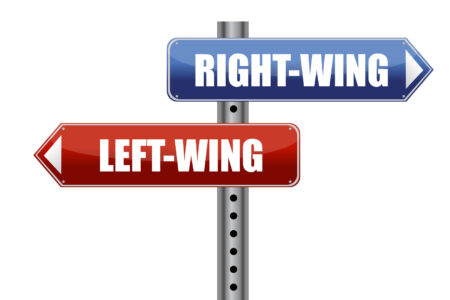
Voter turnout in Canada has been falling for about 35 years, a trend driven primarily by declining turnout among younger voters. Why this is happening has been the subject of much research and considerable concern.
Unfortunately, it doesn’t look like things will be improving anytime soon. Studies indicate that turnout for voters in the first election for which they are eligible declined from 71 per cent in 1968 to 36 per cent in 2011. They also show that these initial low rates do not change a great deal as individuals age. In other words, most people don’t change their voting patterns much as they get older.
These are not new ideas, and while there has been much work done on reversing the trends, turnout continues to drop. It may be time to try a new approach: using parliamentary simulations to help young people better engage with politics.
Some students at the high school and post-secondary level currently participate in educational simulations like model parliaments. But expanding access to these types of programs could improve voter turnout.
Having fun and making friends in politics
The secret to their success lies in how effective these parliamentary simulations are at making learning about politics compelling and even fun.
“Make learning fun” may sound unserious, but the reality is anything but. Simulations are a well-established form of skills training for professions ranging from medicine to pilots.
In fact, research finds that simulations are often among the most effective methods for providing both specific professional skills and complex “21st century” skills like critical thinking and problem-solving. And while much of this research focuses on post-secondary education, there’s no reason why it can’t also be applied to high school.
Michael McMillan, co-founder of the Samara Centre for Democracy, once told me that you can’t solve political disengagement by telling voters to “eat more broccoli.” He meant that you can’t reduce disengagement by lecturing voters on how they should vote; rather, you need to get voters to want to be more engaged. “Making learning fun” does just that.
The best examples of how this works are a set of existing youth parliaments. B.C. Youth Parliament and the Youth Parliament of Manitoba organize multi-day simulations that take place in provincial legislatures.
These youth-led organizations offer opportunities to learn about politics by debating legislation, participating in question period and engaging in committee work. Equally importantly, they allow participants to explore their political identities and form friendships in a supportive environment focused on illuminating the possibilities offered by political participation.
Building a sense of belonging
These activities hold promise because they engage with many of the underlying causes of low political engagement among young Canadians. According to University of New Brunswick researcher Paul Howe these causes fall into two categories: declining social integration and decreasing political knowledge.
Declining social integration corrodes political engagement in multiple ways, including by reducing lived experience of democratic decision-making. By losing out on everyday democratic experiences like sitting on a formal committee, young people lose exposure to critical practices like persuasion, compromise and forbearance, that are essential to the functioning of a liberal democracy.
Of course, people still sit on committees today. But participation, particularly by young Canadians in organizations like churches, labour unions and service clubs – the places where much of this sort of participation previously occurred – had already been dropping for a generation before the pandemic further reduced these opportunities.
Somewhat controversially, evidence also shows that young people’s political knowledge is declining. Overall, the average Canadian knows less about politics and Canada’s political system than they did a generation ago. Indeed, one study found that many Canadian students would fail a citizenship test if asked to write one.
This is all borne out by recent voter turnout statistics. Last month’s Alberta election saw turnout drop by eight percentage points. Only 43.5 per cent of eligible Ontarians voted in the 2022 provincial election – an historic low. Only 29 per cent of eligible Torontonians turned out for municipal elections last October – another record low. And while the 2021 federal turnout of 62.6 per cent looks comparatively good, it’s still the fifth lowest in Canadian history.
To make a difference for these kinds of statistics, the small fraction of students experiencing high-quality simulations annually needs to grow substantially. Ultimately, every secondary student in Canada should have the option of participating in a parliamentary simulation in their own school, every year.
This of course would require a revision of civics education across the country. Given that there have been concerns raised on the state of education on this topic, this could be a helpful boost for provinces’ education departments.
In fact, consider the example of Student Vote, a program that enables millions of students to participate in unofficial elections that parallel federal and provincial ones. Providing teachers with resources and students with new entry points into politics helps to strengthen civics education.
Now is the time to get creative in addressing declining voter turnout. By adopting approaches like parliamentary simulations and boosting civics education, perhaps the rising disengagement that threatens our democracy can be reversed before it’s too late.







